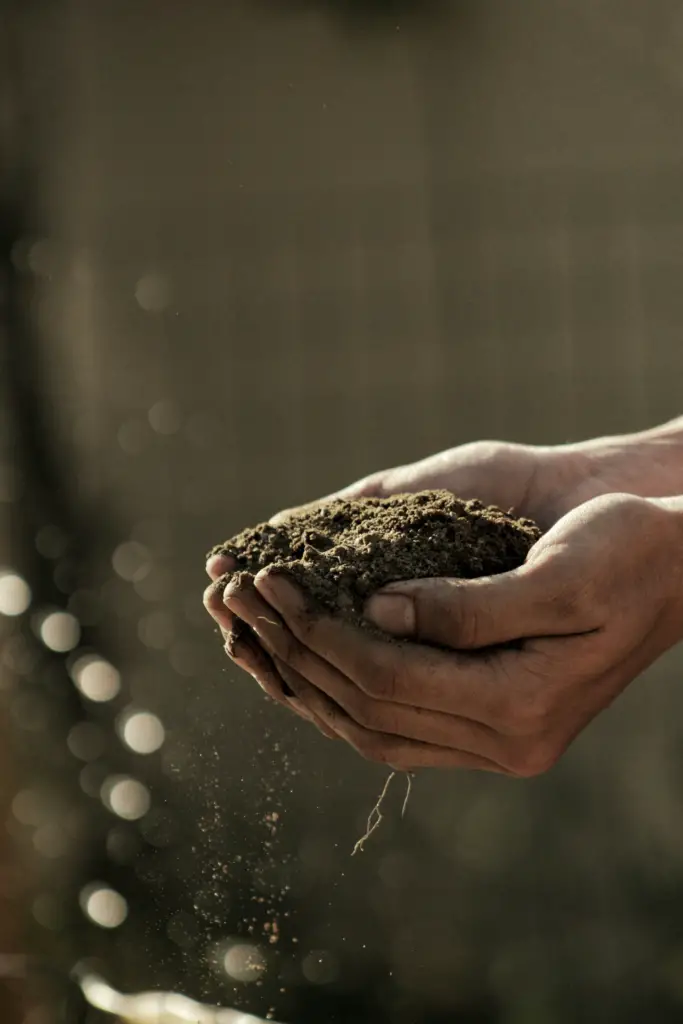
Lime soil stabilization has become increasingly popular in the construction and landscaping sectors due to its eco advantages. Lime soil stabilization presents an excellent option for those aiming to lessen their carbon footprint while achieving top-notch outcomes. This method involves treating the soil with lime, enhancing its stability, and decreasing the risk of erosion. In this piece, we will delve into the benefits of lime soil stabilization and how it supports sustainable construction practices.
1. Decreased Excavation Requirements
Through the application of lime soil stabilization methods, builders can minimize the need for excavation at construction sites. Excavation plays a role in land disturbance and waste production, both of which have environmental effects. Lime-treated soils offer improved strength and longevity, enabling the use of foundations or reduced-depth excavations in certain scenarios. This not only helps preserve more of the environment but also reduces energy consumption during construction.
2. Conservation of Natural Resources
In contrast to approaches that rely on imported materials like gravel, lime soil stabilization makes use of locally available clay soils, cutting expenses and lessening the environmental impact associated with material transport. Furthermore, by utilizing soils to extract resources from neighboring regions extensively, there is a reduction in environmental harm.
As a result, the local environment and habitats stay undisturbed, supporting various plant and animal species and safeguarding surroundings.
3. Prevention of Soil Erosion
Soil erosion poses a threat on construction sites as rainwater runoff transports soil particles into water sources, causing pollution and harm to aquatic ecosystems. Lime is a solution for stabilizing soils by enhancing their density and binding capabilities, preventing erosion during heavy rainfall. Additionally, treated soils exhibit permeability compared to ones, reducing sediment runoff from the site and safeguarding water quality.
4. Decreased Environmental Impact
Reducing carbon emissions in construction is essential for development efforts. Lime soil stabilization offers an avenue to help minimize these emissions through mechanisms;
Waste Reduction: By reusing existing soil lime, soil stabilization reduces the need for landfill space and disposal of materials.
Decreased Use of Synthetic Materials: Conventional soil enhancement methods often rely on materials such as cement. Lime, being naturally occurring, provides an eco alternative that lessens harm.
Energy Efficiency: Lime soil stabilization typically requires energy machinery compared to traditional excavation techniques due to reduced excavation needs. This efficiency translates to lower carbon emissions and a smaller environmental footprint.

5. Enhanced Soil Quality
Lime serves not to stabilize soils but to enhance their fertility and overall health. It balances out soils, creating a conducive environment for plant growth. This leads to spaces that can thrive with less reliance on artificial fertilizers and chemicals because lime-treated soils offer improved nutrient access for plants. Furthermore, lime encourages root growth by enhancing water retention capabilities and minimizing surface runoff.
6. Long-Term Strength and Resilience
Beyond its advantages, lime soil stabilization provides lasting strength and resilience to structures. This process enhances the load-bearing capacity of soils, decreasing settling and boosting stability. This ensures the durability of roads, foundations, and other constructions on lime-stabilized grounds. By reducing the need for maintenance or repairs, lime soil stabilization helps decrease resource usage over time.
7. Compatibility with Environmental Restoration
In certain scenarios, construction projects are undertaken on sites needing restoration due to contamination or industrial operations. Lime soil stabilization proves advantageous in situations. Lime effectively immobilizes metals and pollutants in the soil matrix, limiting their movement and preventing contamination of the surroundings. This ability to work well with site cleanup endeavors supports redevelopment practices by addressing risks while enhancing soil quality for building purposes.
Summary
The environmental advantages of using lime to stabilize soil make it a great option for individuals looking to adopt building methods. By reducing the need for excavation, preserving resources, controlling erosion, and cutting down on carbon emissions, this approach provides various benefits that are in line with the objectives of environmentally friendly construction practices.
Whether you’re engaged in large-scale construction projects or small-scale landscaping ventures in your garden, considering lime soil stabilization can play a role in your sustainability initiatives and encourage lasting environmental responsibility. Manufacturers offer top-notch lime products designed specifically for soil stabilization tasks, aiding you in achieving both project success and environmental conservation.










